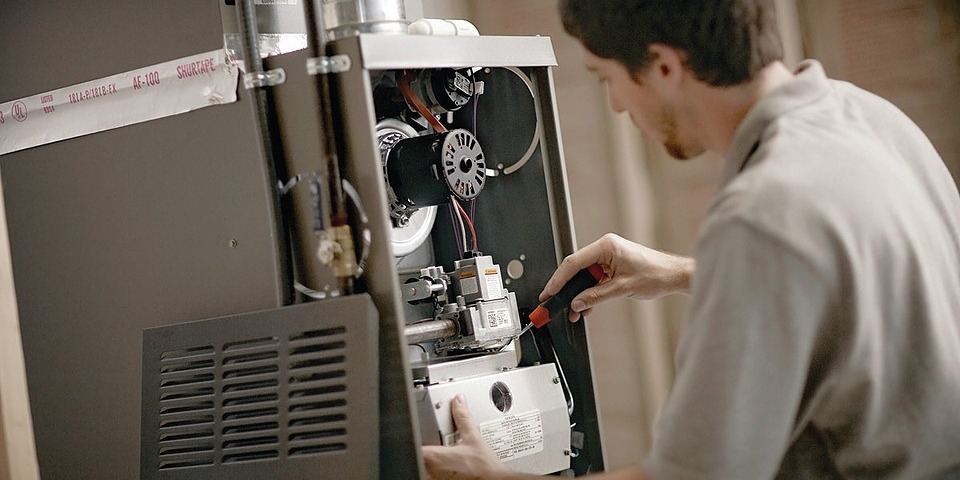
OVERVIEW
A high-efficiency or "condensing" furnace can significantly reduce energy consumption in a typical home; however, without a quality installation, the furnace may never deliver its expected energy savings. Energy Star® has found that new furnaces often do not perform to their rated efficiency with some systems suffering up to a 30% reduction in performance as a result of improper installation.1
Replacement furnaces, in particular, need special consideration because they must interact with existing ductwork and other building systems. Replacement installations with inadequate preparation and follow-up will not only affect energy savings, but can also influence equipment longevity and occupant comfort. For example, the American Society of Heating, Refrigerating, and Air-Conditioning Engineers (ASHRAE) estimates the average life expectancy of a new gas furnace to be 15 years, largely as a result of varying levels of installation quality.2 This is significantly less than the general industry consensus and the furnace lifespans specified by many manufacturers.
A recent study on furnace installation quality completed for FortisBC indicated that on average only 46% of important installation criteria were in compliance with best practices.3 This represents a large gap between expected and actual furnace performance. This Guide will attempt to address this gap by highlighting the most important steps and procedures needed to optimize the performance of replacement furnaces in existing houses. Note that the primary focus of this document is on specific measures that improve energy performance, occupant comfort, and equipment durability. Health and safety concerns are not covered; refer to your local building code, the Gas Safety Regulation under the BC Safety Standards Act, and materials from the BC Safety Authority for further information.
The gap between conventional and quality retrofit furnace installations represents a significant opportunity for industry players who promote and follow best practices. By identifying the key elements of excellent furnace retrofits, this Guide can be used as a tool to educate consumers on the advantages of quality installations, stimulating demand for contractors applying best practices. Some further advantages for contractors and consumers include:
